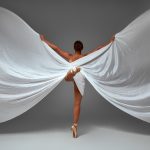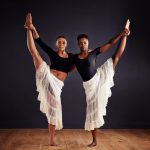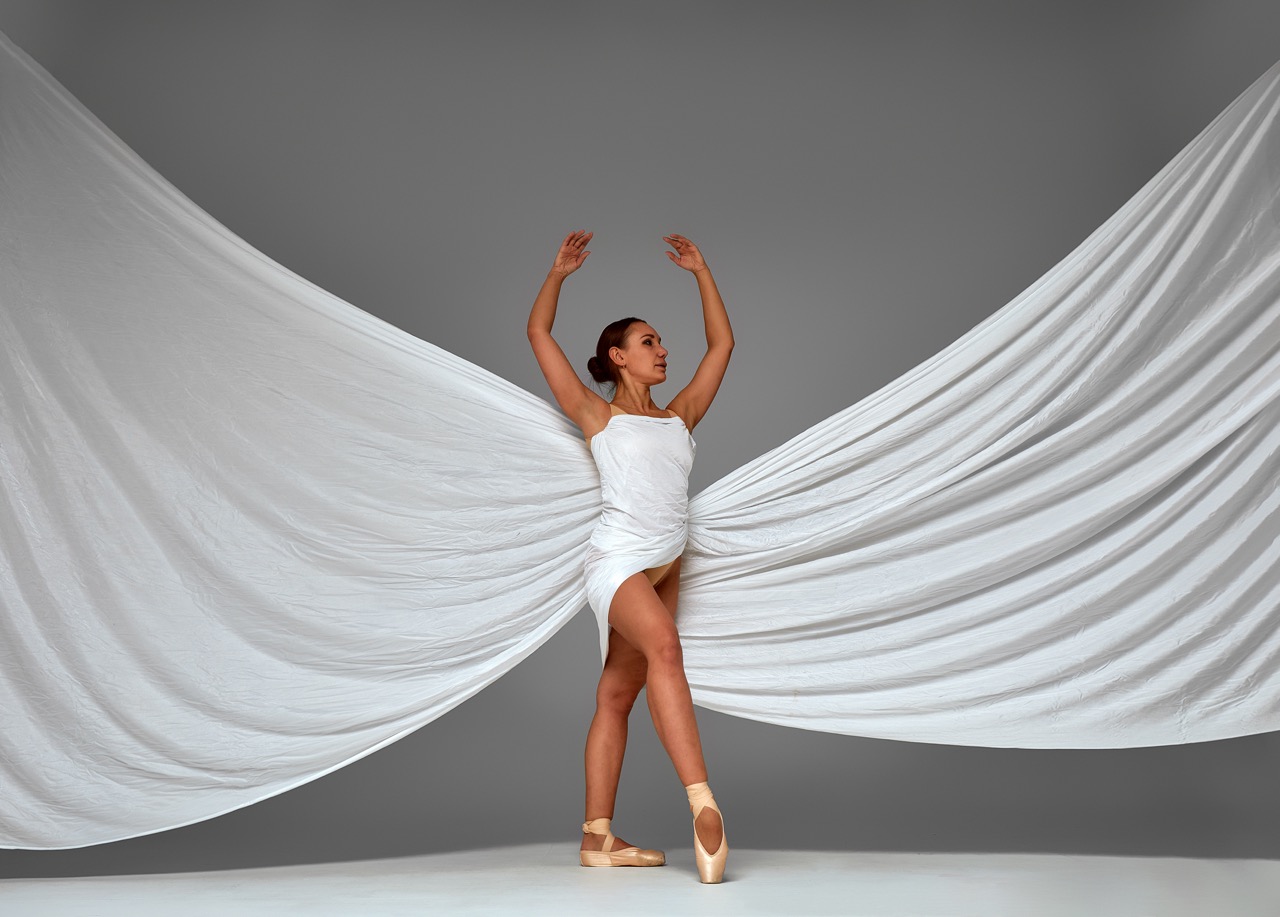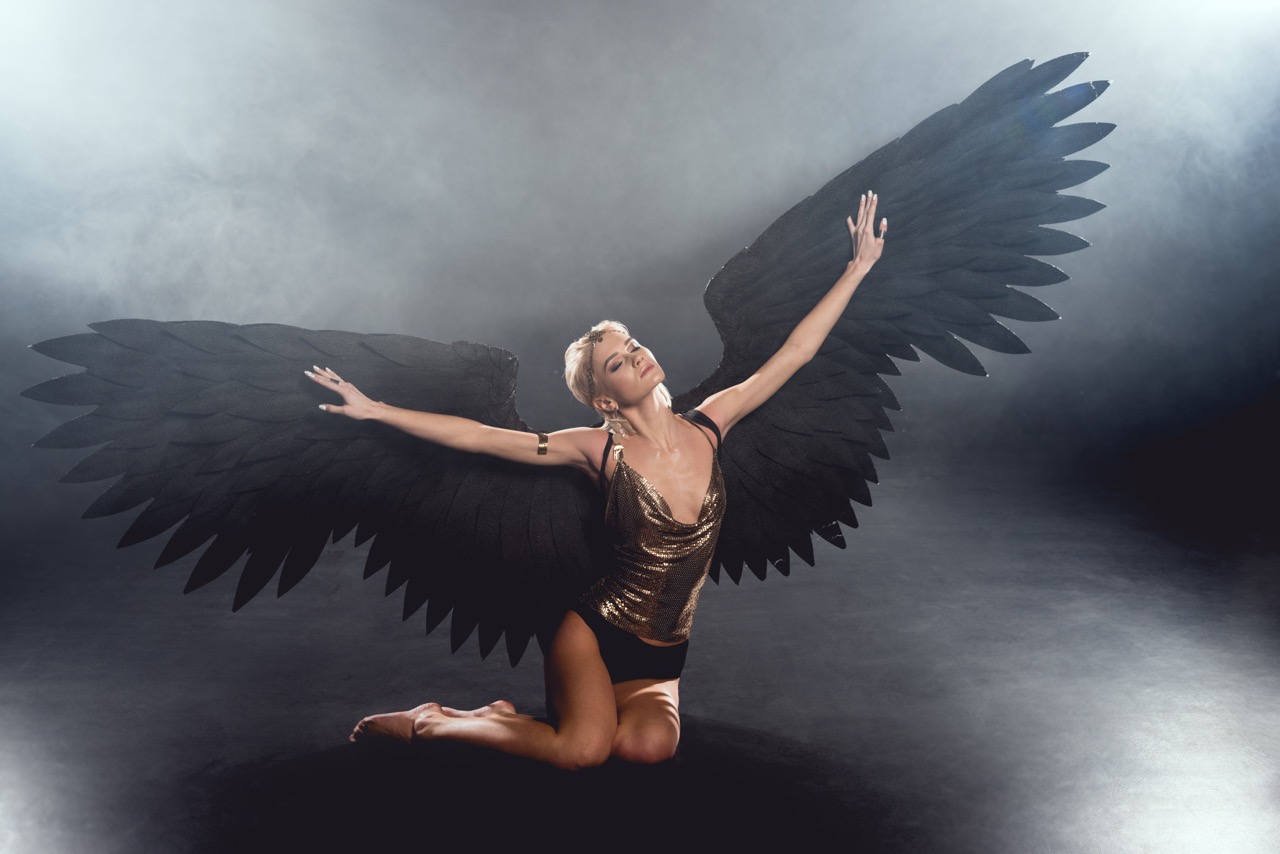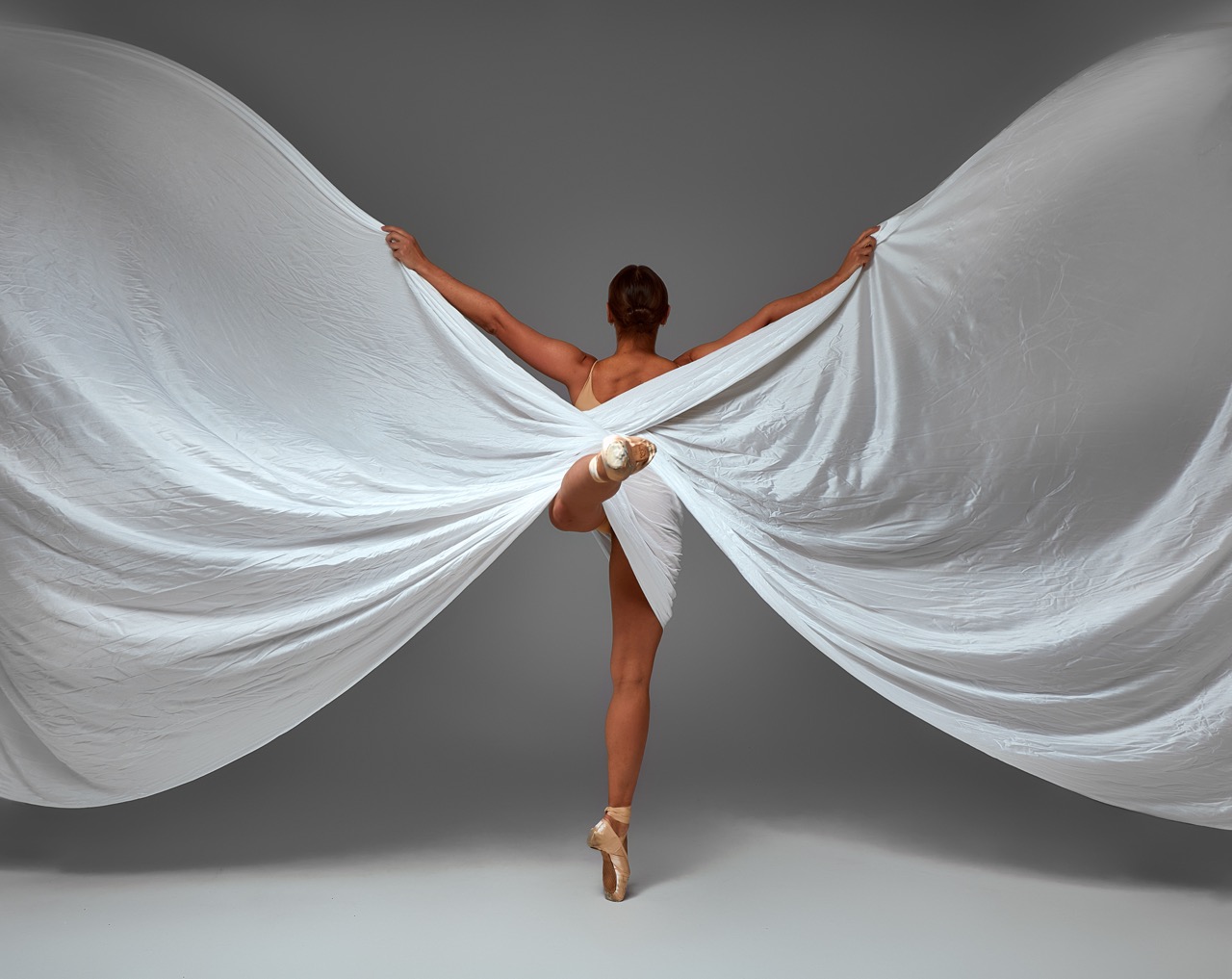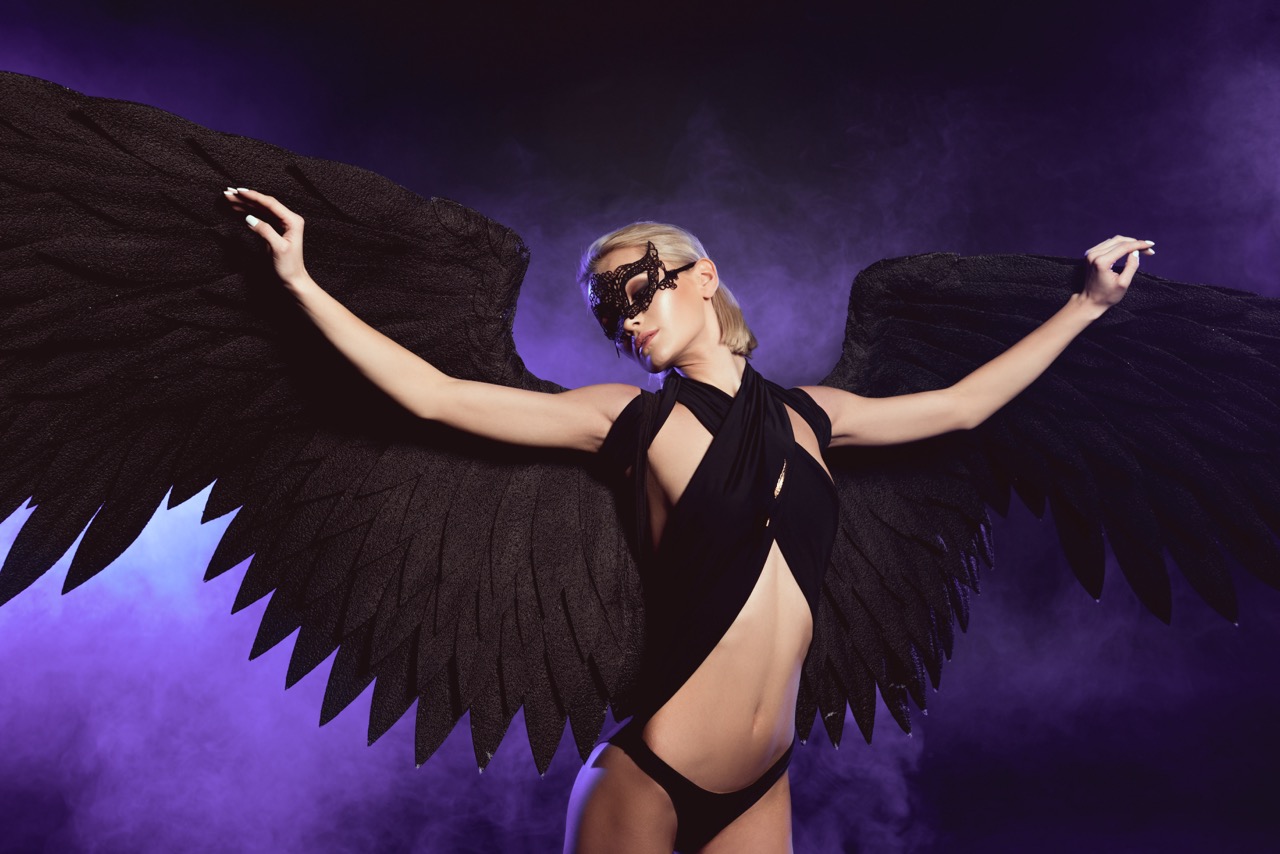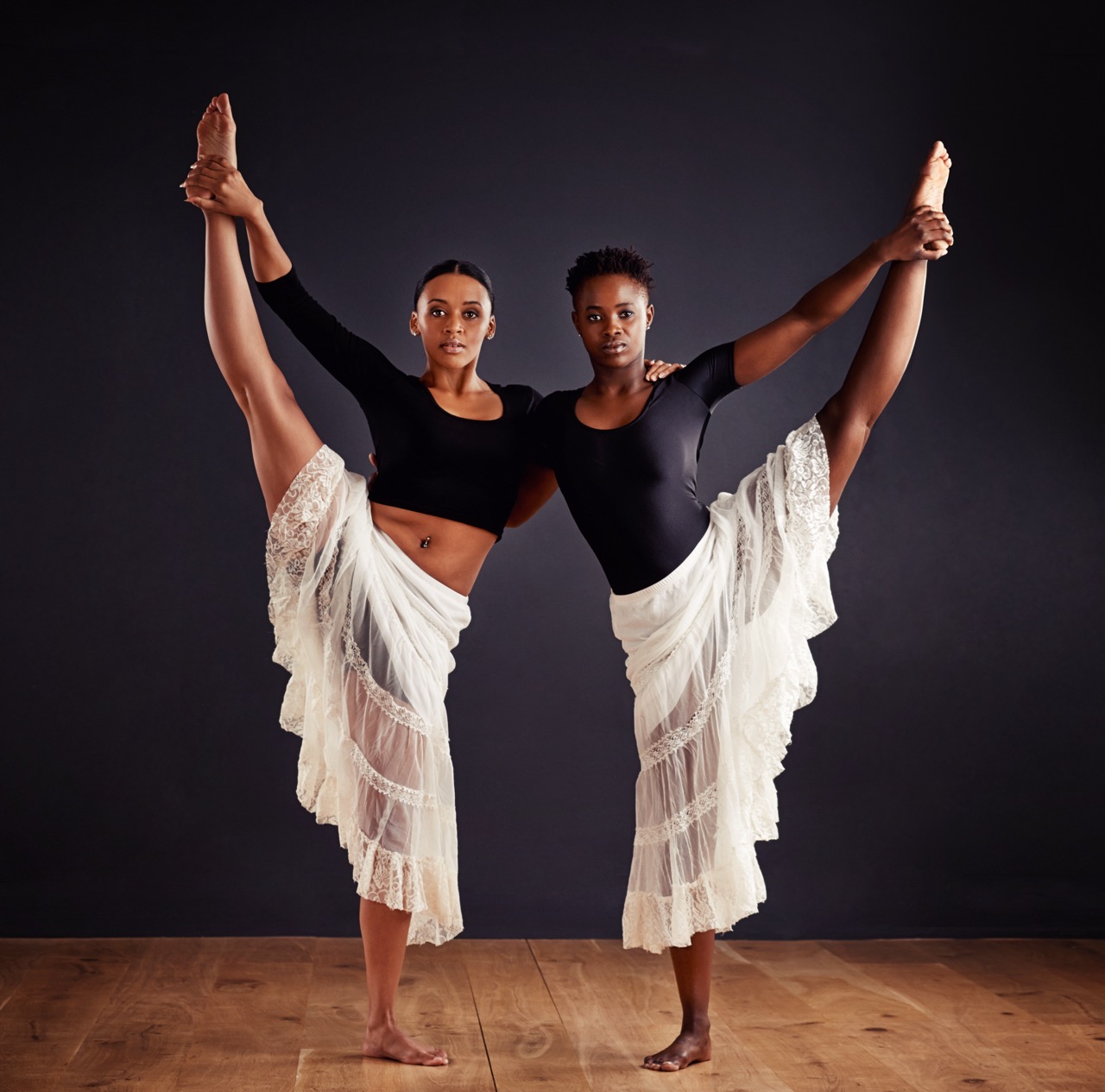The world of dance is a vibrant tapestry woven with movement, emotion, and expression. Among the ever-evolving elements of dance performance, the incorporation of wings into costumes has emerged as a captivating trend. Dance wings are not merely decorative accessories; they are transformative elements that can alter the visual and emotional landscape of a performance. This article explores the rise of dance wings, the artistry involved in their design, their ability to elevate dance expression, and their broader cultural impact.
The Rise of Dance Wings: A New Era in Performance Costumes
In recent years, dance wings have become a striking feature in various forms of performance art, from contemporary dance to theatrical presentations. Their rise can be attributed to a blend of cultural influences and the quest for innovative choreography that emphasizes visual storytelling. These wings, often inspired by nature, mythology, or fantasy, offer dancers an opportunity to extend their physical form, creating an ethereal quality that captivates audiences. With social media platforms showcasing these performances, the popularity of dance wings has surged, inspiring choreographers and performers to incorporate this dynamic element into their routines.
The introduction of dance wings has also democratized costume design, inviting independent designers and artisans to experiment with materials and styles. Whether made from fabric, feathers, or high-tech materials, dance wings can evoke a range of emotions and narratives. This trend reflects a broader movement in the performing arts where the boundaries of traditional costume design are continuously pushed. Dancers no longer just wear costumes; they embody them, and wings are a canvas for this embodiment, allowing for greater expression of character and theme.
Furthermore, as dance wings gain prominence, they encourage a dialogue about the intersection of fashion and performance. Designers are increasingly influenced by the world of haute couture, creating pieces that not only serve practical purposes in dance but also serve as works of art. This fusion of fashion and performance elevates the entire genre, inspiring a new generation of artists to think beyond the conventional.
Crafting Illusion: The Artistry Behind Dance Wing Design
The artistry involved in creating dance wings lies in their ability to craft illusion and enhance the aesthetics of a performance. Designers meticulously consider the materials, shapes, and colors that will best convey the intended mood or story. For instance, delicate feathers might evoke a sense of grace and fragility, while bold, metallic materials can suggest strength and power. Each choice is deliberate, aiming to resonate with both the dancer’s movements and the audience’s emotions.
Moreover, the design process often involves collaboration between choreographers and costume designers, ensuring that the wings complement the choreography rather than hinder it. This synergy is crucial; wings must be lightweight and easy to maneuver while maintaining their visual impact. Designers experiment with various mechanisms, such as harnesses or built-in supports, to achieve a seamless integration that allows for uninhibited movement. By prioritizing both form and function, they create wings that enhance the performance without overshadowing the dancer’s artistry.
The creation of dance wings also presents an opportunity for innovation in design technology. With advancements in textiles and materials, designers can explore new possibilities, such as light-up features or wings that change shape mid-performance. These innovations not only add a magical element to the performance but also challenge traditional notions of costume design. As technology continues to evolve, the possibilities for dance wings are boundless, promising an exciting future for both designers and performers.
Transformative Movement: How Wings Elevate Dance Expression
Wings have the unique ability to transform a dancer’s movement, adding layers of complexity to their performances. The added dimension of wings amplifies gestures, creating a visual symphony that enhances the emotional depth of the dance. As dancers move, the wings catch the light and air, creating a mesmerizing effect that draws the audience in. This transformation is not merely aesthetic; it also affects the way dancers interpret their roles, allowing them to explore themes of freedom, transcendence, and otherworldliness.
The act of dancing with wings fosters a deeper connection between the performer and the audience. As wings expand and contract with each movement, they visually narrate the dancer’s inner world, amplifying the emotional stakes of the performance. This synergy between movement and costume can provoke a more profound response from audiences, allowing them to experience the story on multiple levels. The sheer spectacle of dance wings encourages viewers to engage not just with the choreography but with the themes and emotions woven into the fabric of the performance.
Moreover, in a broader context, the incorporation of wings into dance can symbolize personal and collective journeys, reflecting themes of liberation and self-discovery. Dancers can utilize this symbolism to create immersive narratives that resonate with audiences on a personal level. As the world grapples with various challenges, the imagery of wings often evokes hope and transformation, making dance a powerful medium for social commentary and emotional exploration.
From Stage to Style: The Cultural Impact of Dance Wings
The cultural impact of dance wings extends beyond the stage, influencing fashion trends and personal expression in everyday life. As audiences become enamored with the visual spectacle of wings, designers in the fashion industry take note, leading to the emergence of wing-inspired garments and accessories. This cross-pollination between performance art and fashion reflects a cultural fascination with the whimsical and the fantastical, offering individuals a chance to express their creativity and individuality through their clothing choices.
Social media platforms, particularly Instagram and TikTok, have played a significant role in the proliferation of dance wings, allowing dancers to showcase their artistry and style to a global audience. Viral challenges and performances featuring dance wings inspire fans to adopt similar aesthetics in their personal wardrobes, further blurring the lines between the stage and everyday life. This trend highlights the democratization of fashion, where anyone can become a performer or fashionista simply by donning a pair of wings and expressing themselves.
Additionally, dance wings can serve as a powerful symbol of empowerment and self-expression. They encourage individuals to embrace their uniqueness and embody their dreams, much like how dancers express themselves through movement. This cultural shift emphasizes the importance of creativity in personal identity, celebrating the notion that everyone can take flight, both literally and metaphorically, in their pursuit of self-actualization.
In conclusion, the fashion of dance wings represents more than just a trend in performance costumes; it embodies a rich interplay of artistry, innovation, and cultural expression. As dance wings continue to inspire choreographers and designers alike, they enhance the storytelling aspect of dance and elevate the viewer’s experience. From their origins in theatrical performance to their impact on fashion and personal expression, dance wings are a testament to the creative spirit that drives the performing arts forward. As this captivating trend evolves, it promises to further transform the landscape of dance and costume design, inviting all of us to spread our wings and soar.

